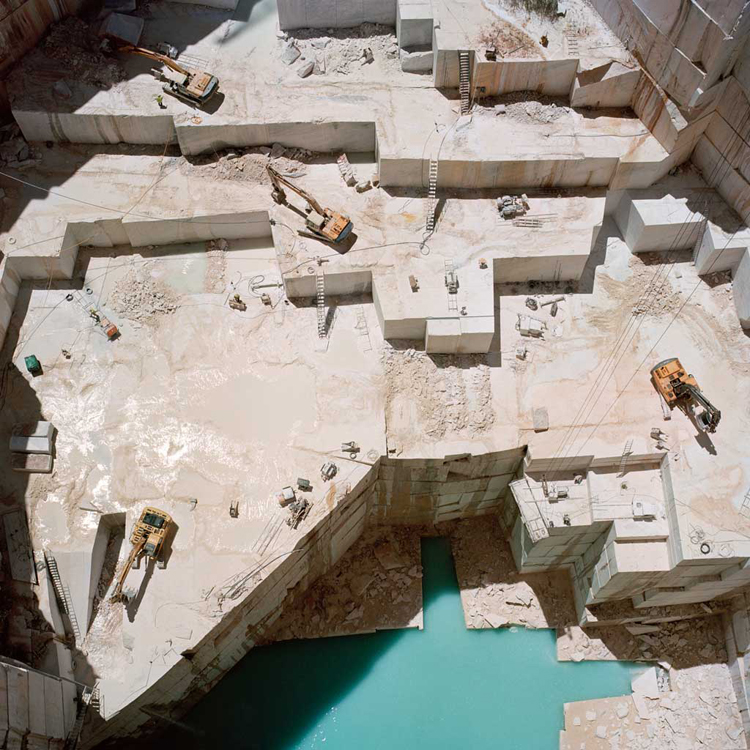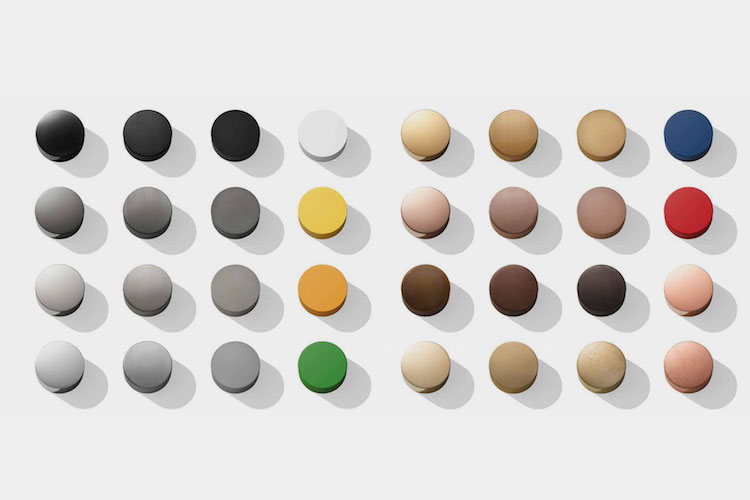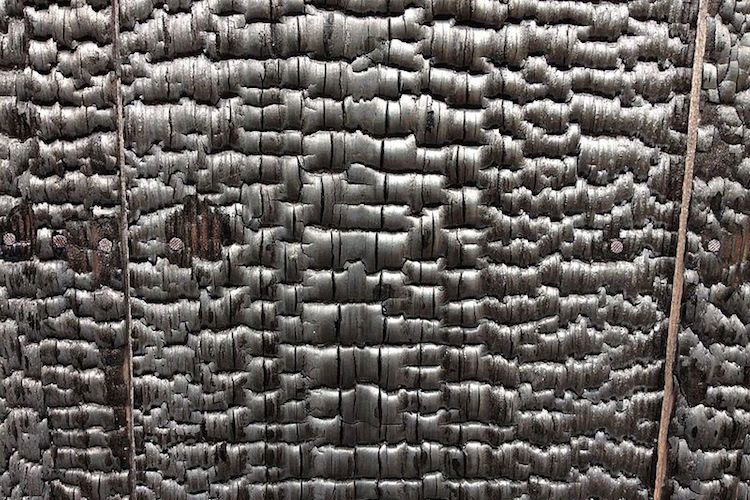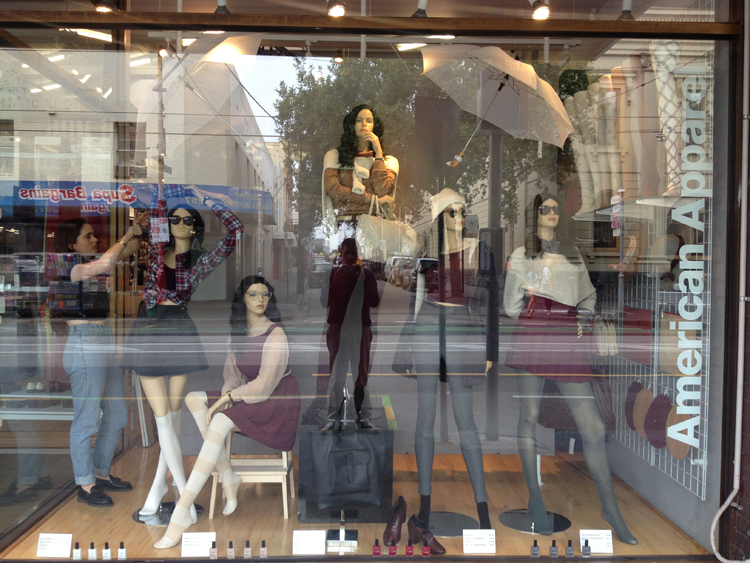
Energy consumption is a serious issue and everything should be done during our lifetime to curtail it and also send the next generations on the right path to a more sustainable future. I read this somewhere on the interwebs:
“The Earth is 4.6 billion years old. Scaling that to 46 years, humans have been here 4 hours, the industrial revolution began one minute ago, and in that time we’ve destroyed more than half the world’s forests.”
This may seem like big picture stuff but there is room for logic in the way we currently do things. A very silly example of legislation getting the better of common sense is in new commercial buildings & shops. These are required to meet certain energy ratings called Section J in the National Construction Code (or NCC / previously the BCA).
Good in principle but here are the issues. The attached images show two shopfronts; shop ‘A’ above is American Apparel on Chapel Street. The building and windows are old, most likely a single layer of plain safety glass. This probably falls short of the energy requirements but wins in other ways.
Shop ‘B’ below is an unknown, it changes hands pretty regularly. Likely to be double glazed laminated low E, lets call it tinted. The problem with this window is that it may function perfectly in achieving the energy rating but it is flawed as it’s not clear, I will elaborate.
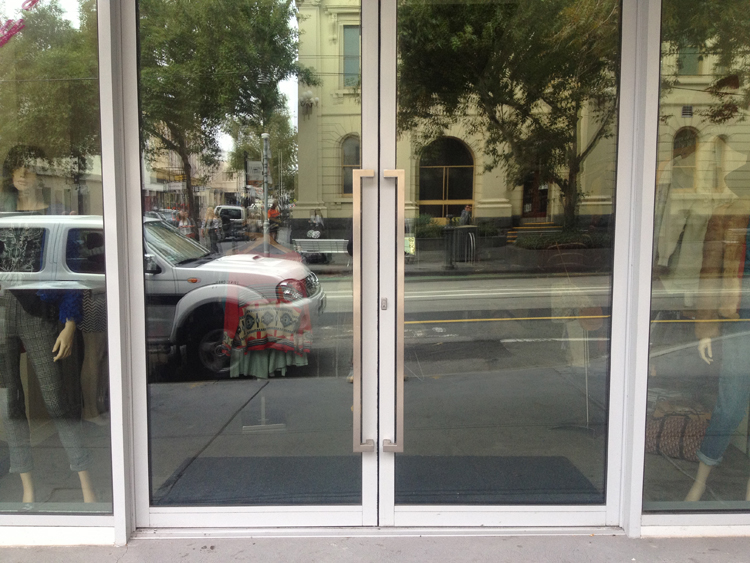
There are a couple issues here. In high and low temperatures shop ‘A’ will close its doors to assist either heating or cooling. The shop keeps functioning as you can see inside. Some shops flaunt this basic bit of logic and leave them wide open but the smart ones put a small hand written note up saying “we are open and keeping cool”, too easy.
Shop ‘B’ does not have this luxury, they leave their doors open continuously so people can see inside, 40 degrees and they’re wide open and they crank up the AC beyond capacity with most effect flying straight outside. The NCC has failed here, the energy rated windows may be doing their job in retaining heat or coolth but if the shop is open to the street… fail.
The fact that shop ‘B’ doesn’t look like a shop is possibly one of reasons the tenants seem to go bust. The wasted building material in fitting out these shops has to be a knock-on effect. I feel for the tenant and the loss of income and ultimate loss of business. I believe the type of glass used is the main reason this type of tenancy is having problems.
The solution is to find other ways of achieving the energy rating requirements for shops and commercial buildings. Here are some links you may find useful:
Bess, the Built Environment Sustainability Scorecard.
EDG, the Environmental Design Guides created by the Australian Institute of Architects.
